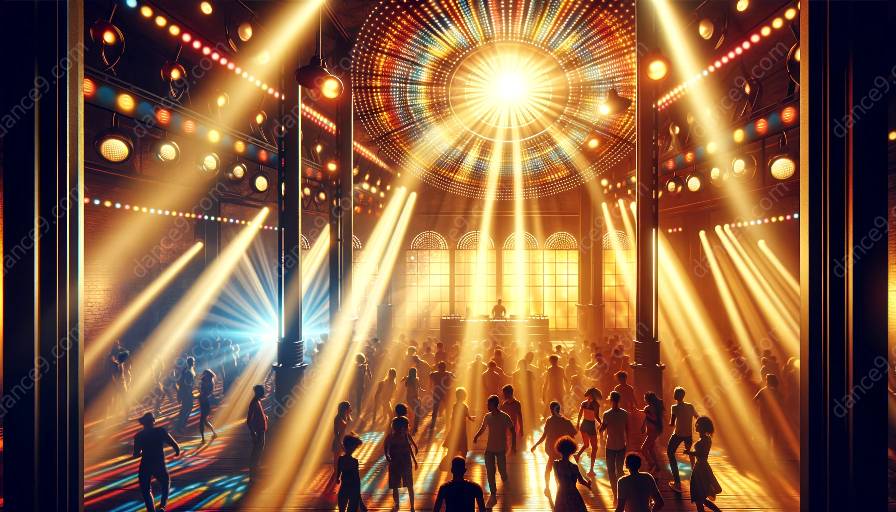Dance music is a vital element of any dance performance, setting the tone and rhythm for dancers to express their movements. The relationship between dance and music is intricate and dynamic, with different genres of dance music impacting dance performances in varied and fascinating ways.
Understanding Dance Music
Dance music encompasses a wide range of musical styles and genres specifically created for dancing. From the infectious beats of electronic dance music (EDM) to the rhythmic patterns of Latin dance music, each genre has its unique characteristics that shape the dance experience.
Impact of Music on Movement
The tempo, beat, and overall energy of dance music greatly influence the movement and expression of dancers. For instance, fast-paced EDM tracks may inspire high-energy, dynamic movements, while slow, sensual Latin rhythms may lead to more fluid and expressive motions. The connection between music and movement is a core aspect of dance performances, as dancers respond to the musical cues with their bodies.
Energetic Beats of Electronic Dance Music
Electronic dance music, with its pulsating rhythms and infectious beats, often drives dancers to exude high levels of energy and enthusiasm. This genre's fast tempo and electronic sounds create an electrifying atmosphere on the dance floor, encouraging vibrant, dynamic movements and fast footwork. The intense and lively nature of EDM often leads to visually captivating performances, characterized by rapid, synchronized movements and choreographed sequences.
Sensual Rhythms of Latin Dance Music
In contrast, Latin dance music, such as salsa and samba, is known for its sensual, rhythmic qualities. The rich blend of percussion, brass, and melodic elements in Latin music evokes passion and emotion, influencing dancers to move with grace and sensuality. The romantic and expressive nature of Latin dance music translates into fluid, connected movements, as dancers immerse themselves in the captivating melodies and rhythms.
Diversity of Dance Music and Performances
Furthermore, the diversity of dance music genres contributes to a wide range of dance performances and styles. The influence of hip-hop music may result in urban, street-style dance performances, characterized by bold, assertive movements and freestyle expressions. In contrast, the elegance and refinement of classical ballroom music inspire formal, graceful dance performances, highlighting precision and poise.
Innovation and Fusion
With the evolution of music production and technology, dance music continues to expand and evolve, giving rise to new genres and hybrid styles. From the fusion of electronic elements with traditional folk music to the blending of global influences in world dance music, the innovative landscape of dance music opens doors for novel and boundary-pushing dance performances. Choreographers and dancers often experiment with unconventional music genres, pushing the boundaries of traditional dance forms and creating compelling, avant-garde performances.
Conclusion
The impact of different genres of dance music on dance performances is a dynamic and multifaceted phenomenon, shaping the movement, energy, and emotional expression exhibited on the dance floor. As dancers and choreographers continue to explore the interplay between music and movement, the possibilities for creating captivating and evocative dance performances are endless.











































